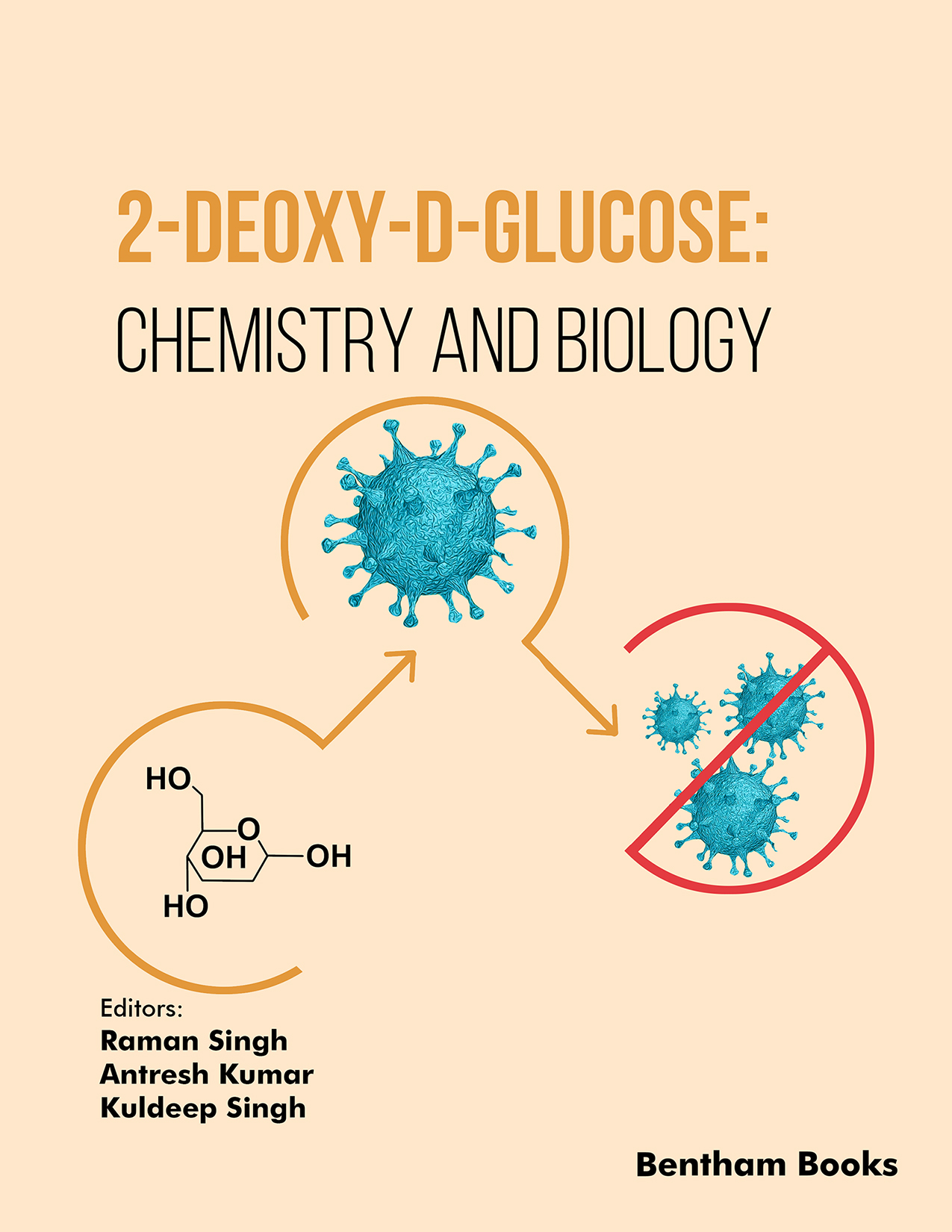Preface
2-Deoxy-D-glucose (2-DG) is a modified molecule of glucose that has garnered significant interest in research in recent years due to its potential for therapy in various diseases. As outlined in this book, 2-DG and its derivatives have shown promise as agents against viruses, cancer, seizures, and COVID-19.
The book provides a comprehensive overview of the chemistry and biology of 2-DG. It delves into the structure, properties, and methods of synthesis of 2-DG, providing important insight into this pharmaceutical intermediate. Analytical techniques for characterizing and establishing the purity of 2-DG are also discussed.
A key highlight of the book is the exploration of the mechanisms and applications of 2-DG in biomedicine. As an inhibitor of glycolysis, 2-DG displays broad antiviral activity by disrupting the supply of energy and replication of viruses. Chapters outline evidence for the effectiveness of 2-DG against herpes simplex virus, influenza, Ebola, and SARS-CoV-2. The book also extensively covers the use of 2-DG and its analogs in cancer therapy, given their ability to selectively target tumor metabolism.
Beyond its roles in antiviral and anticancer applications, the book examines the emerging potential of 2-DG in the management of seizures and neurological conditions. Contradictory effects as anticonvulsant and proconvulsant are elucidated across different models. Therapeutic possibilities in Alzheimer's, aging, and stroke are discussed.
The book emphasizes how the unique properties of 2-DG and its derivatives enable their dual application in medical diagnostics and therapy. Radio-labeled 2-DG offers enhanced imaging, while functionalized analogs may improve drug delivery. This integrated approach can pave the way for more precise and personalized medicine.
Overall, this book provides a comprehensive reference on the chemistry and biology of 2-DG. It compiles essential insights from interdisciplinary research to offer a well-rounded perspective on this versatile molecule. The collective knowledge presented here will equip readers to further explore the therapeutic applications of 2-DG and related compounds. I hope this book serves as a valuable addition to the scientific literature, inspiring further advancement in this medically relevant field.
Raman Singh
Department of Applied Chemistry
Amity University, Madhya Pradesh, Gwalior
India
Antresh Kumar
Department of Biochemistry
Central University of Haryana
Mahendergarh-123031, India
&
Kuldeep Singh
Department of Applied Chemistry
Amity University, Madhya Pradesh, Gwalior
India

